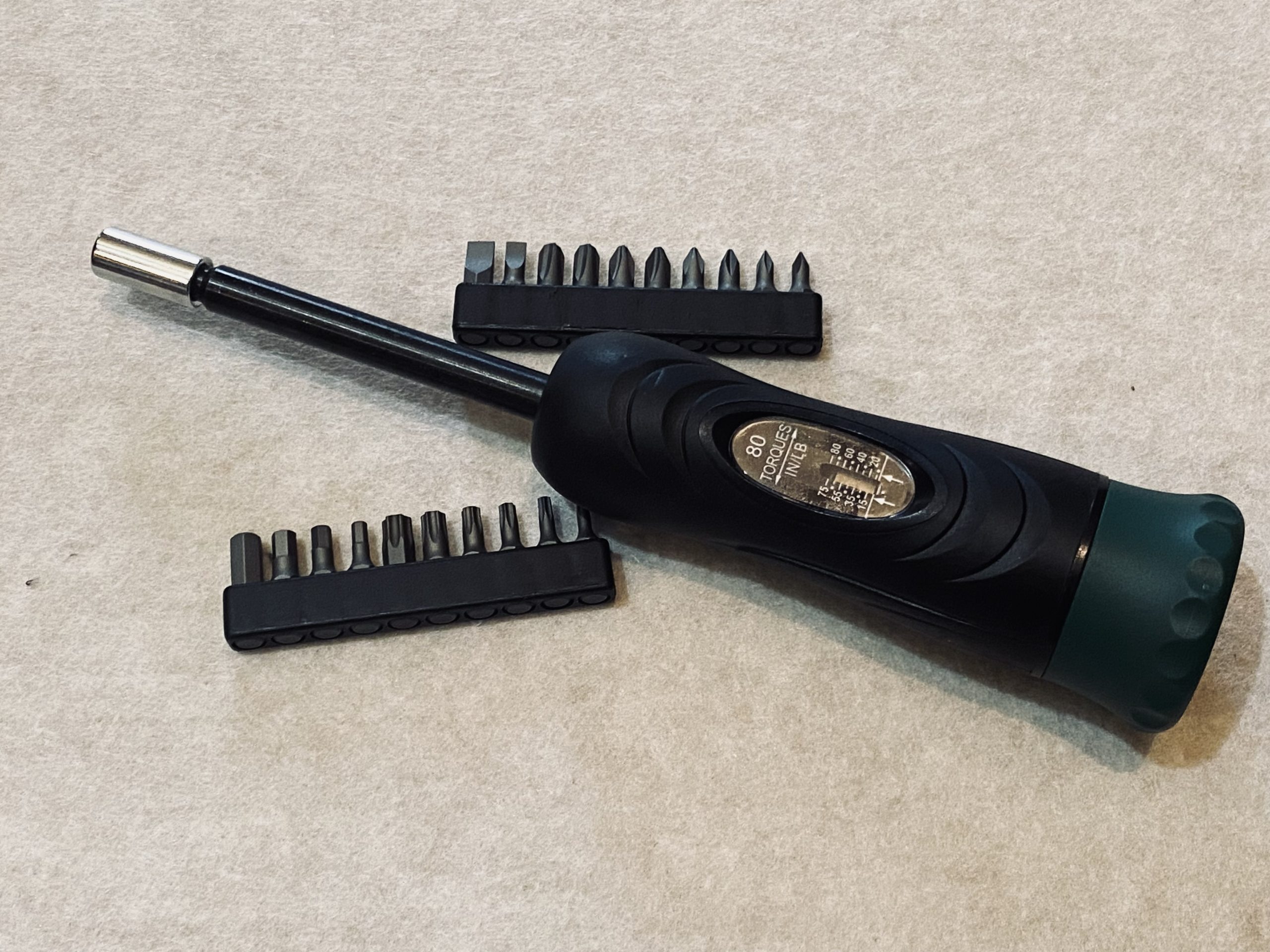Get Tech Tips
Subscribe to free tech tips.
Second Law of Thermodynamics

The second law of thermodynamics puts the first law into context and establishes entropy as a concept. We can simply define entropy as a state of disorder that can only increase or remain the same in natural processes. Processes in which entropy remains the same are reversible, but ones that result in an entropy increase are irreversible. (For more information about entropy in the HVACR trades, click HERE.)
Although the second law states that entropy can remain the same, it doesn’t happen naturally. Every process results in a net increase of entropy, no matter how small it may seem. We cannot account for some negligible factors like friction, which still add entropy to a system and make processes irreversible. However, reversible processes still exist theoretically and are included in the second law of thermodynamics.
The second law also describes heat movement in nature. Heat only transfers from warmer objects to cooler ones until both objects reach a state of equilibrium; hot objects cannot “gain” coldness from cooler objects. When you get into a cold bathtub, you might feel very cold, but your body doesn’t absorb coldness from the bathwater. Instead, heat leaves your body and transfers to the bathwater.
When you step out of the bathtub and leave the water alone, it won’t return to its original cold temperature. Your body heat brought it closer to equilibrium, and that process is irreversible.
The law’s mathematical basis
The second law of thermodynamics states that a change in entropy in the system and environment (ΔS) equals the heat transfer into a system (ΔQ) divided by temperature (T). We can represent the law with the following equation:
ΔS = ΔQ / T
The second law also allows you to determine if a process is reversible or irreversible by comparing the initial entropy of the system and environment (Si) with the final entropy of those (Sf). The first equation below is a reversible or isentropic process, and the second equation is an irreversible process.
Si = Sf or Si < Sf
Again, you will never see the left equation in any real process. It is impossible to convert heat to mechanical energy with 100% efficiency. We do, however, sometimes compare natural processes to theoretical ones to determine their efficiency.
Where do we see the second law of thermodynamics in HVAC/R?
The entire function of our HVAC/R systems operates on the principle that higher temperature matter transfers heat to lower temperature matter, which is why heat from the air gets absorbed by the colder refrigerant in the evaporator coil. We wouldn’t use the cold refrigerant as a vehicle to move heat if the heat didn’t naturally transfer from warmer to cooler.
As we said earlier, we also use theoretical reversible processes as benchmarks for our real systems’ efficiencies. Entropy indicates inefficiency, so it stands to reason that a process without any net entropy gains is 100% efficient.
We do that with HVAC/R compressors. Compression is theoretically isentropic because the entropy changes from the added temperature and pressure cancel each other out, but negligible processes increase the entropy in real life. However, we compare actual compressor work to isentropic compressor work. We call the resulting value a compressor’s isentropic efficiency.
References
https://www.grc.nasa.gov/www/k-12/airplane/thermo2.html
https://www.livescience.com/50941-second-law-thermodynamics.html










Comments
To leave a comment, you need to log in.
Log In